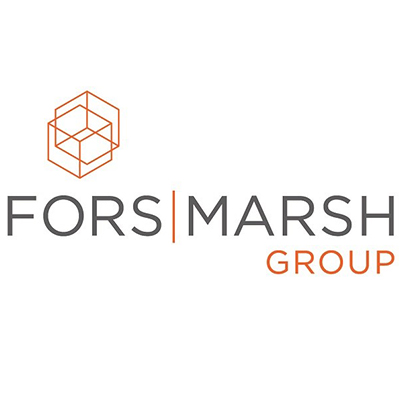ATD Blog
A Thriving Government for a Virtual Future
Tue Apr 20 2021

We are in the midst of a radical change in adult learning needs in the federal government. According to the World Economic Forum, the “combined effects of increased automation and the pandemic will drastically alter the labor landscape, with 85 million jobs ‘displaced’ and 97 million new jobs created by 2025.” The demand for upskilling and reskilling paired with an increasingly interconnected and technology-facilitated workplace should drive organizational learning strategy to shift from a learning event model to a workflow learning model. This will require learning and performance support resources that are discoverable, specific to the performance need, and, where possible, personalized to the needs of the learner.
Learning Ecosystems
To jumpstart this, Fors Marsh Group suggests engaging key stakeholders through making the case for a learning ecosystem that emphasizes three actions:
Focus on Workflow Learning
Employees and organizations are facing an increase in operational tempo as well as in technological reliance and integration. They must also learn to deal with a shift away from value that is created by what is known and the subsequent shift toward value that is created through making connections, creative problem solving, and teamwork. A focus on workflow learning ensures that training and performance support is focused on the job to be done. This means that there are various content types available to meet specific performance needs and there is a technology infrastructure that supports point-of-need access to these resources.
Use Technology to Support the Learning Experience
Until this past year, the most common approach to adult learning in the federal government was instructor-led training. With telework becoming the status quo, training has migrated to virtual and online instruction. We have also seen the emergence of the learning experience platform (LXP) as an adjunct to, and in some cases a replacement for, the learning management system (LMS). The LXP emphasizes learner interaction using social media and self-curated content paired with a formal curriculum or performance support tools. The continued maturation of these technologies combined with the demand for virtual versus in-person instruction has provided the foundation for a learning ecosystem approach that features a greater variety of content to support a broader set of workflow-performance-support needs; greater learner engagement; and autonomy as we shift to more self-directed learning; and more precise tracking to enable better discoverability as well as predictive learning paths based on performance and interests.
Personalization and Predictive Learning
Personalization has been a trending topic in L&D for several years. There are at least two approaches to personalized learning: using artificial intelligence (AI) to analyze learner performance in real-time and make predictive suggestions for the best learning path for that individual and providing a system, such as an LXP, that allows for and encourages self-curated content, emphasizing a self-directed learning approach.
When designing and implementing a learning ecosystem, practitioners should consider what types of content and work tasks are best served with a personalization strategy and, in turn, what type of personalization is the most practical given access to technology. Compliance training is not going away, so it’s important to recognize that a learning ecosystem will contain various resources. Some of these resources will be required and pushed to individuals (such as cybersecurity awareness training), and some resources will be self-generated and curated (for example, blogs, wikis, instructional videos) that learners will pull from based on need and interest.
We are experiencing a fundamental shift in workforce dynamics that includes operating in a constant state of change as well as enabling technologies that are shrinking the space between the point-of-need and the access to performance support and training. This confluence of technology and need is opening up new ways to support employees and build resilient organizations that are more effective, accountable, and inclusive.
You've Reached ATD Member-only Content
Become an ATD member to continue
Already a member?Sign In

